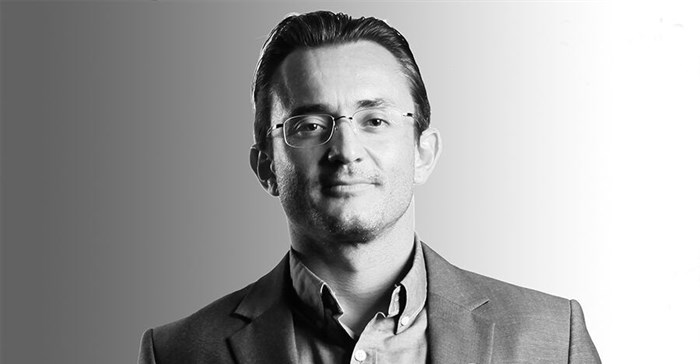
Top stories






FinanceA practical guide to building a better credit score in South Africa - Finance365
Finance365 3 Dec 2025
More news











Logistics & Transport
AI now powers 60% of global warehouses, transforming productivity and jobs




“Longer dry spells and rising temperatures would only increase that risk,” warns Mario Molina, international director of The Climate Reality Project. Molina is one in a lineup of internationally recognised climate change and sustainability leaders to address the Green Building Council South Africa (GBCSA) Convention in Johannesburg this July.
An advocate for bold green leadership globally, Molina has worked extensively developing public-private partnerships for Climate Reality, briefed business and government officials on climate and energy policy, and on the critical role of finance in accelerating a clean energy transition.
Mario spearheads former US VP and Climate Reality chairman Al Gore’s international policy, advocacy, and communications programme strategies, leveraging cross-sector partnerships to advance implementation of Nationally Determined Contributions to the 21st Conference of the Parties (COP 21) agreement to take collective action to limit average global warming to under two degrees Celsius.
Before joining Climate Reality, Molina was responsible for the design, operation and management of the Alliance for Climate Education, working in nearly 30 cities across the US in the development of climate science curricula and energy efficiency projects. Prior to his work in the US, he developed several sustainability and conservation programmes in Australia, Ecuador, Costa Rica, the Dominican Republic, and Peru.
Molina and climate scientists are unanimous in their findings: this is the decade to take decisive action to prevent catastrophic global warming.
He explains that, as one of over 175 nations signed onto the COP 21 Paris agreement, South Africa will need to submit its Nationally Determined Contribution (NDC) to reduce greenhouse gas emissions and implement adaptation strategies for vulnerable populations according to its capabilities.
“This historic agreement is the best opportunity the world has to avoid catastrophic climate change, build resiliency into our communities, and transition to a clean energy economy,” says Molina.
It will take bold leadership to set South Africa on a more sustainable course, and do this without delay. Molina reports that in its NDC, South Africa is expected to recognise the importance of adapting to the unavoidable impacts of climate change, and the need for international support through funding and technology transfer.
“The importance of progress towards implementation of the NDCs cannot be overstated.” To achieve its Paris commitment and meet its development goals, Molina notes that South Africa has a big task ahead.
Molina adds, “South Africa will need to modernise its energy policies and infrastructure, attract capital towards low-carbon and efficient technologies in all sectors, and build the capacity of its institutions through climate education and readiness. Currently, the country is heavily reliant on coal as a fuel supply and this dependency is nearing the end of its lifecycle.”
On the other hand, Molina reports the renewables market in the country is poised for growth. In 2014, South Africa was rated the most attractive emerging photovoltaic market in the world and its wind industry has seen unexpected and unprecedented success in the last four years.
South Africa averages more than 2,500 hours of sunshine per year, and average solar radiation is about 5kWh/m2 per day, an excellent source of free energy. “The combination of distributed and utility-scale generation of solar energy could facilitate energy access to communities that are currently not connected to the grid and provide reliable electricity to urban areas,” notes Molina. “Wind has also proven to be a reliable energy source at close to zero net cost.”
In the last four years, the wind industry in South Africa has become an almost R75bn industry with over 1GW commissioned and another 2.2GW on the way. Millions have been set aside for social and economic development surrounding windfarms.
Globally, clean energy is currently the biggest market opportunity for the private sector, according to Molina. But it has other meaningful benefits too. “Investment in low-carbon development can help countries, especially those in emerging economies, lower emissions and increase resilience to climate change,” he says.
He adds that while the trends are encouraging, the approximately $400bn invested in low-carbon development in 2014 represents less than half of what will be required to meet the Paris commitment.
He is optimistic that by leapfrogging fossil fuel technologies and mobilising capital investment in renewables, emerging economies can achieve both mitigation and development goals.
Highlighting the importance of bold green leadership, Molina says: “Post-Paris, business and civil society must remain informed and vigilant while holding governments accountable for implementing policies that hasten a transition to low-carbon, equitable, and sustainable economies.”
‘Build a better world NOW’ is the theme of the ninth Green Building Convention to be held 26-28 July 2016 at Sandton Convention Centre. For more information on the Green Building Convention 2016 or to register, go to www.greenbuildingconvention.org.za.